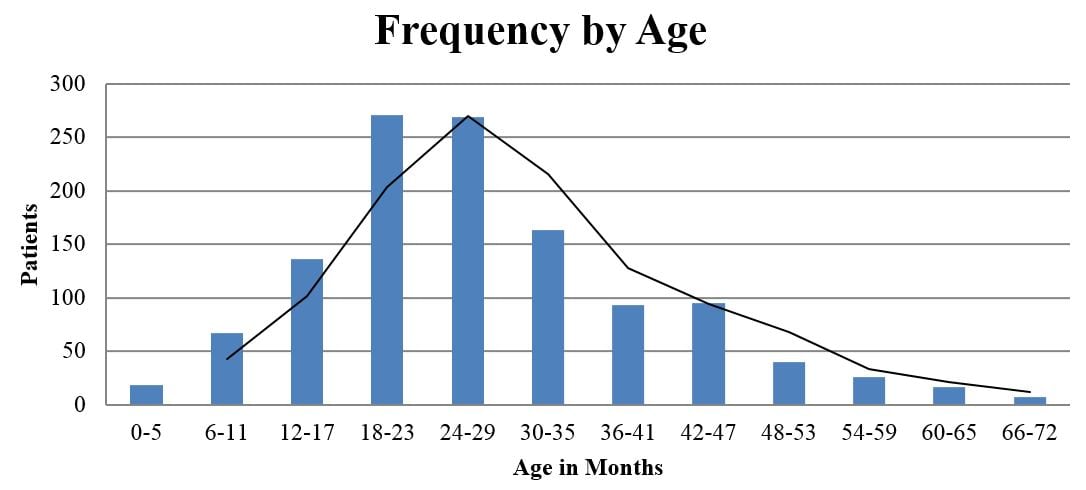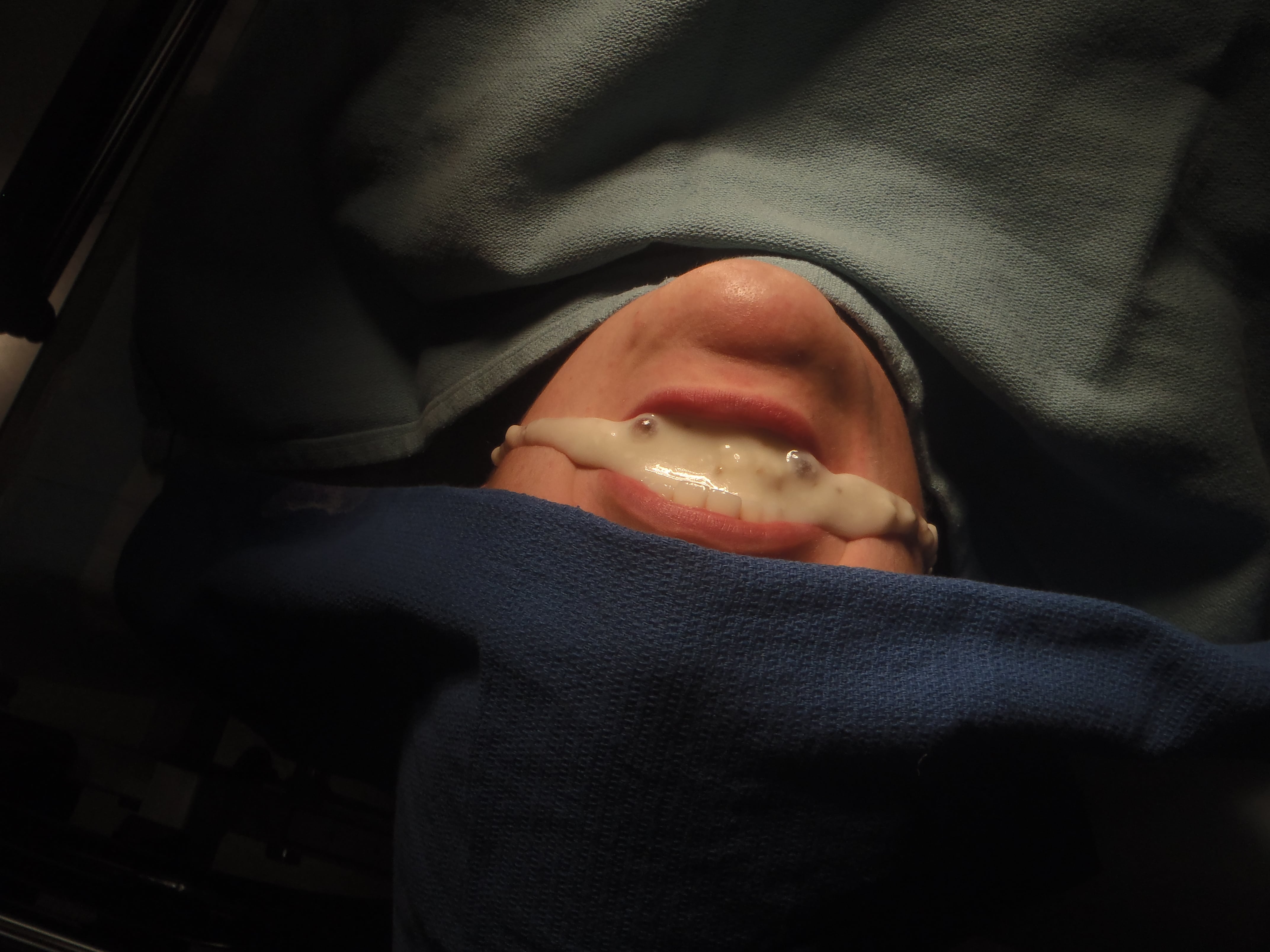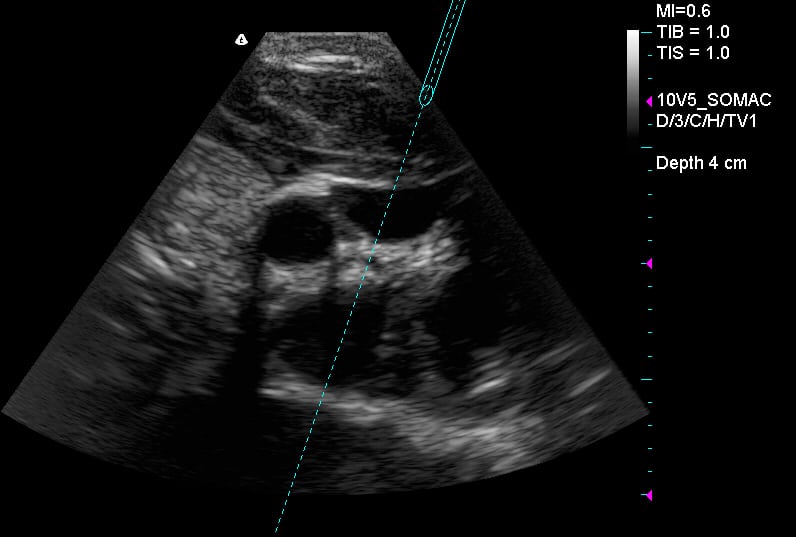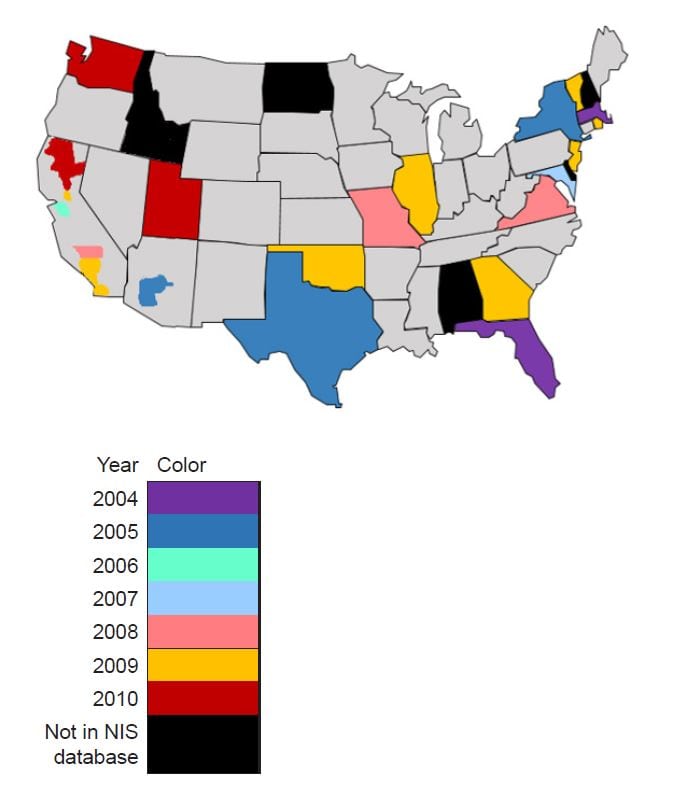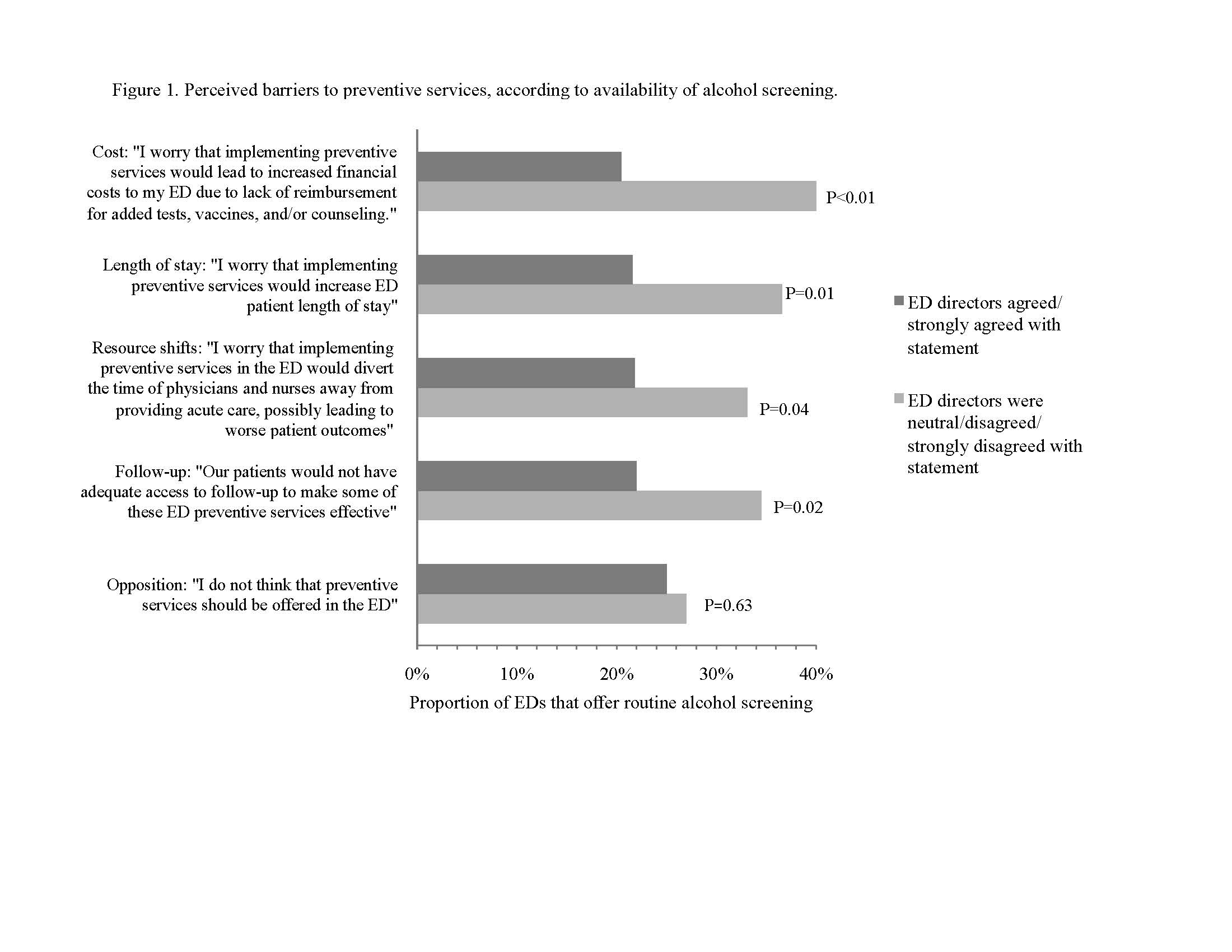Archives
Discourse in Emergency Medicine and Population Health
Simulation for Professionals Who Care for Bariatric Patients: Some Unanswered Questions
WestJEM Read More
Emergency Department Operations
Adherence to Head Computed Tomography Guidelines for Mild Traumatic Brain Injury
WestJEM Read More
Emergency Department Operations



